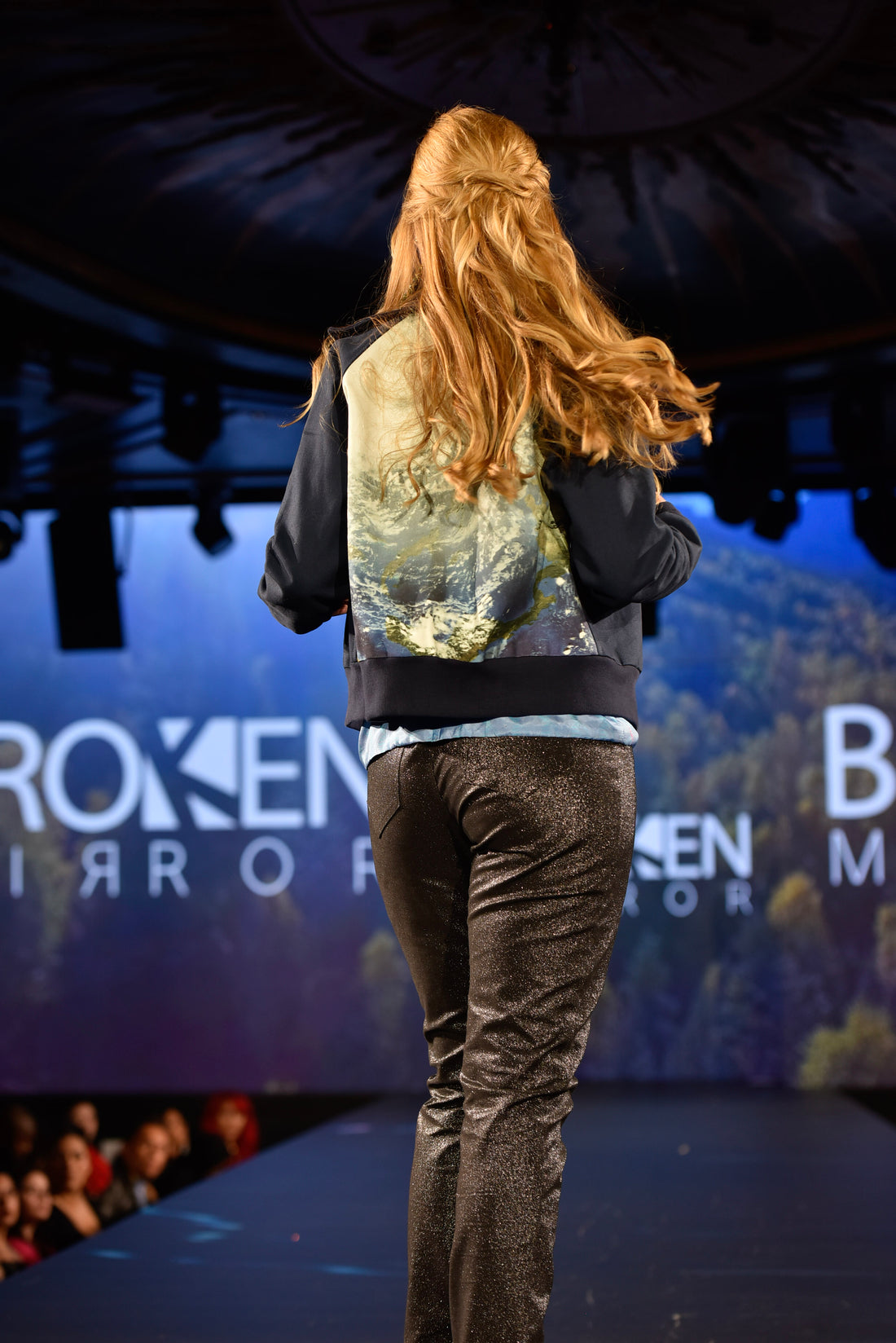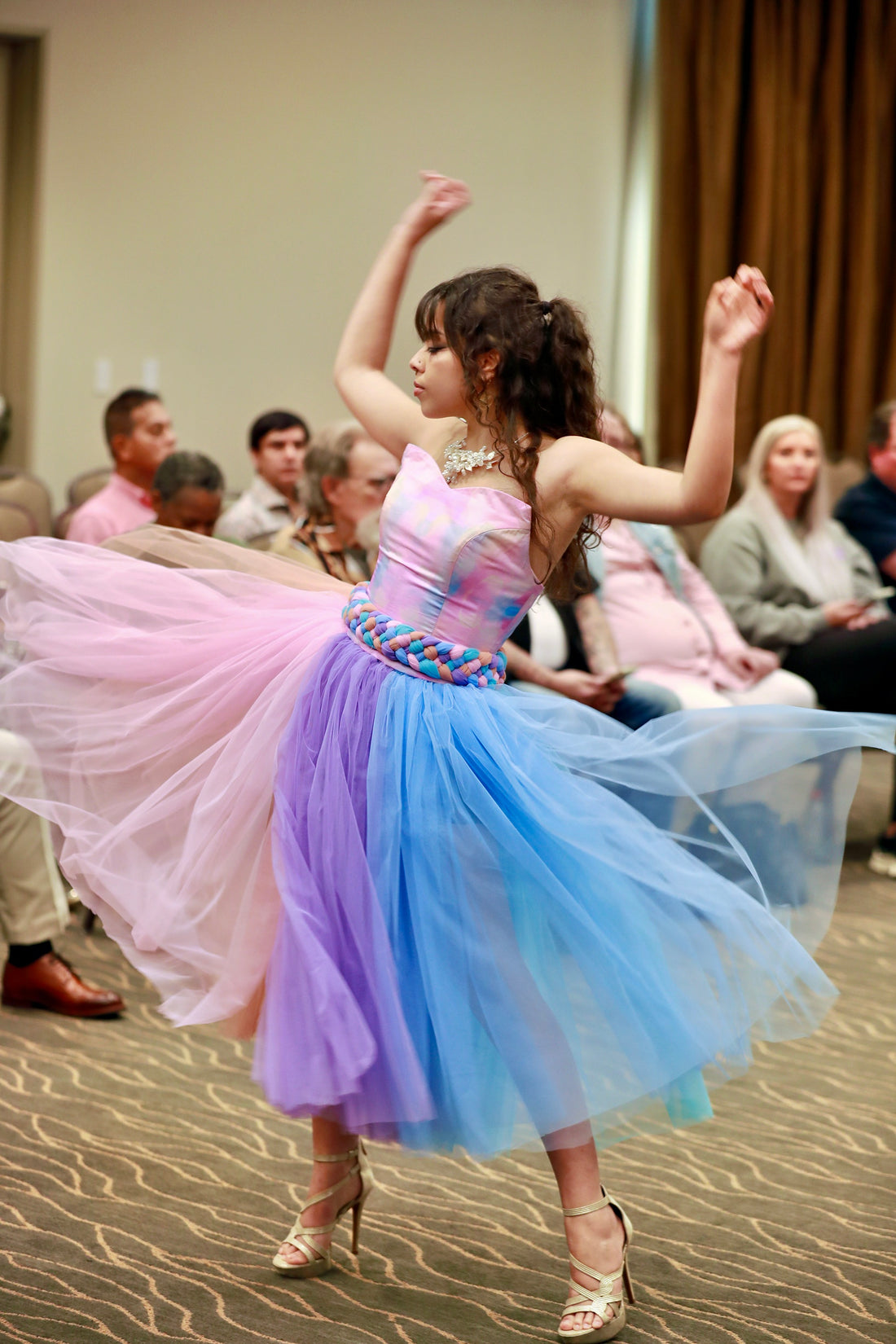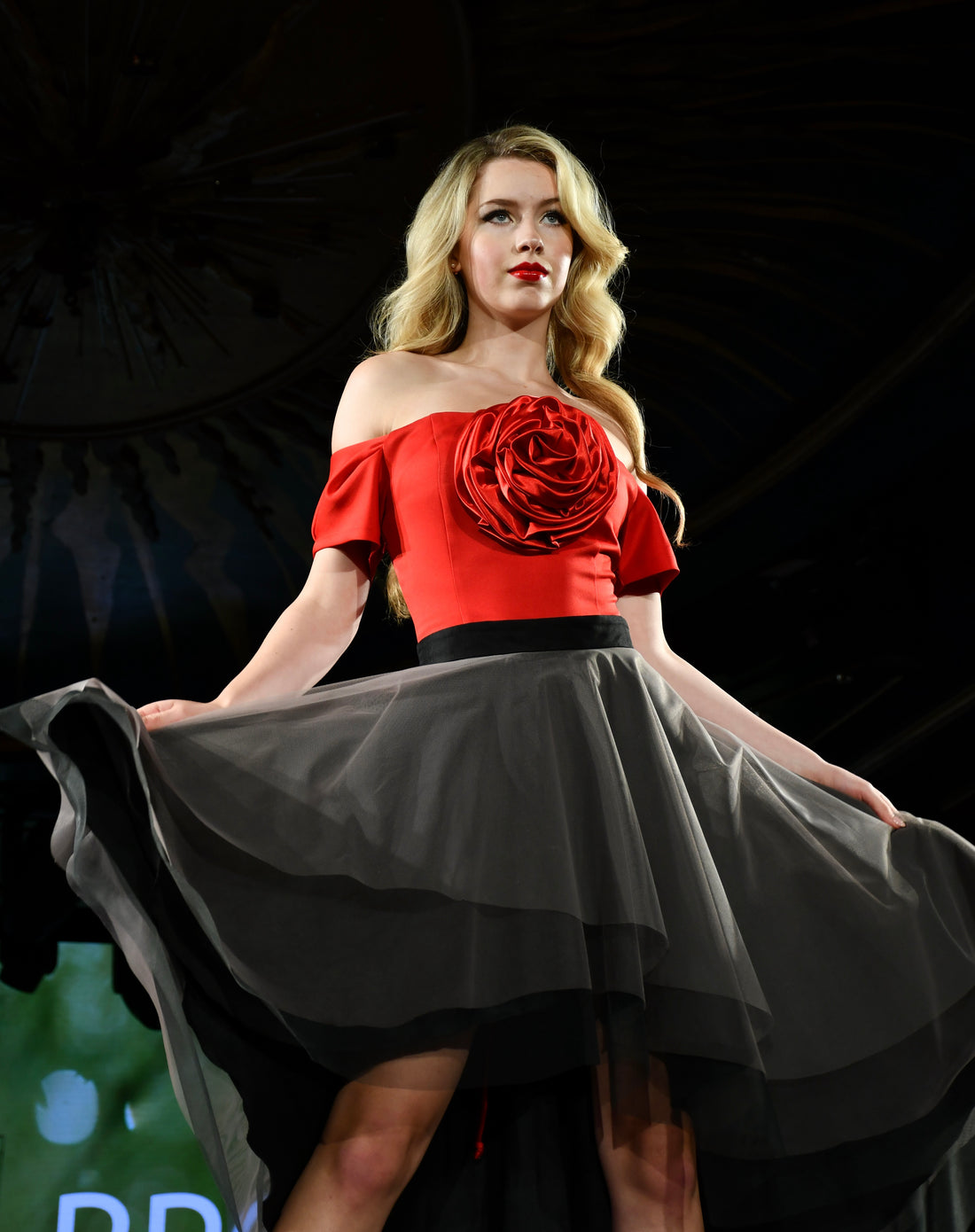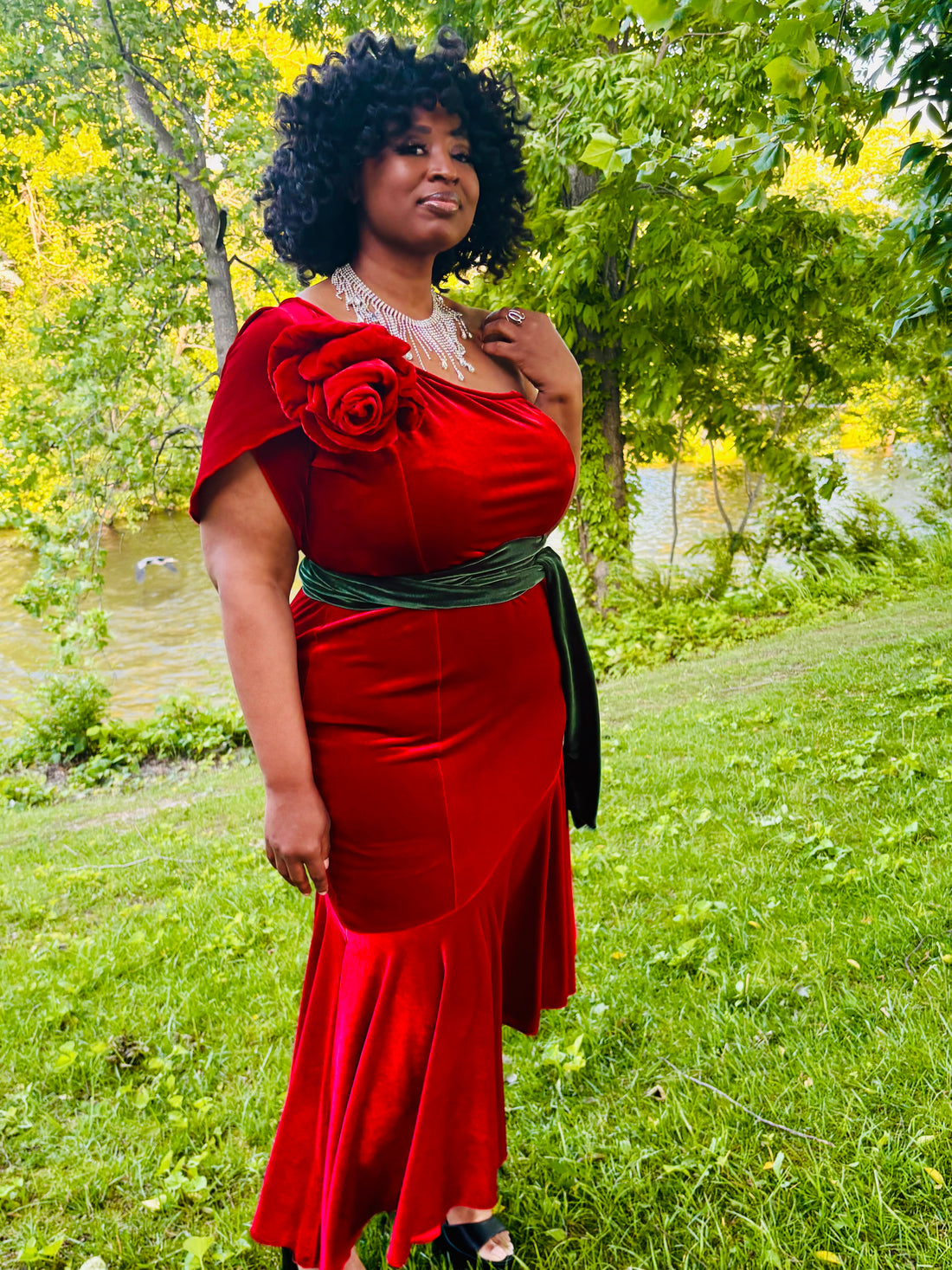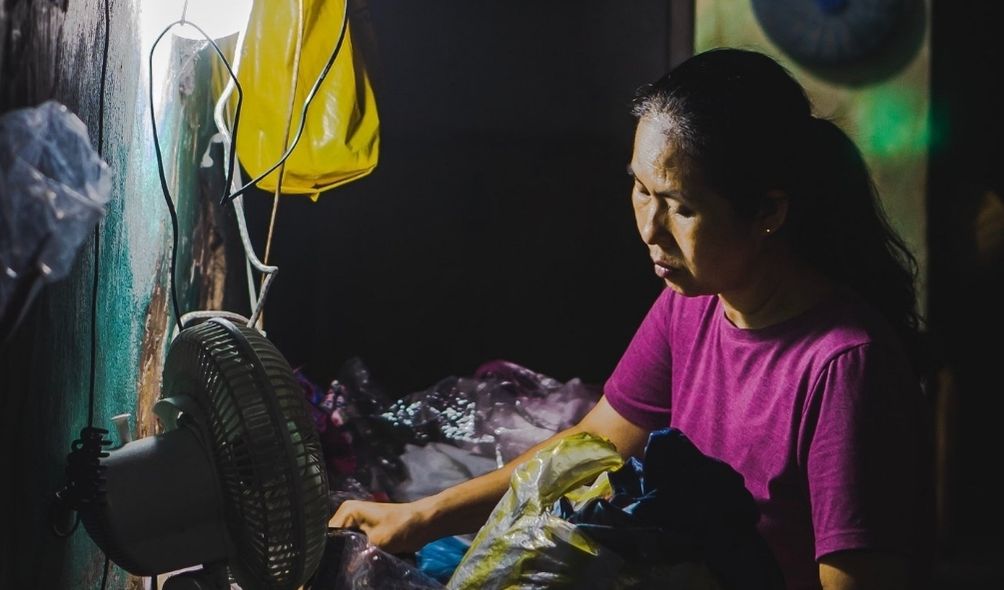
Broken Mirror's Blog
Sustainable Fashion: What You Need to Know
Sustainable Fashion: What You Need to Know
A lot of us love clothes and shopping, yet also want to look after this planet. So how can we make the best choice when it comes to fashion? Does fashion need to be slow? Does it need to be ethical? Does it need to be ecological? Does it need to be sustainable? Can it be all of the above?
Because brands are using these terms left, right and centre, often merely as a marketing tool, things can get very confusing. Let’s start by looking at what these terms actually mean.
Eco, Ethical, Slow, or ... Sustainable?
Eco Fashion

Photo by Jeff Hutcheson via Unsplash
This type of sustainable fashion specifically looks at the impact on the environment of the clothing industry. The goal of eco-fashion is to reduce these effects by looking for solutions to minimize CO2 emissions, reduce the use of water, pesticides, and other chemicals.
How? Mainly by using organic fabrics (like organic cotton, but also: linen, hemp, lyocell/Tencel, cupro, viscose, and modal), natural dyes, and environment-friendly packaging. It also promotes ethical disposal of garments, including recycling and upcycling.
Where can you find this information? Check the label of the item you’d like to get or do some research on the brand’s website. There, you should be able to find the type of materials used, where the item was made, and maybe even how much water was used for production.
Brands who care, tend to be more transparent with their policies than brands that don’t.
Ethical Fashion

Photo by Casey Nguyen via Unsplash
Ethical fashion focuses on the people who work in the fashion industry. How is their work environment? How are they treated? Do they get a fair wage? What are their ages and working hours?
To find out the answers to these questions, you might have to do some digging. Again, the brand’s website is a good place to start. Look for a material policy, a list of factories they are working with, a code conduct, company values, etc.
Other useful online tools are apps like Renoon, or you can follow campaigns like #WhoMadeMyClothes on Instagram. The latter has been able to put some pressure on manufacturers to create a better working environment for their staff. Creating awareness is key!
Slow Fashion

Photo by Rio Lecatompessy via Unsplash
Slow fashion is the answer to fast fashion. The primary question slow-fashionistas ask themselves is: “Do we really need a new set of clothes every season?”. Slow fashion focuses on high-quality, timeless pieces that you can wear and cherish for years.
Another part of slow fashion empowers us to repair clothes instead of throwing them away and thus creating less waste.
Sustainable Fashion

Photo by Alyssa Strohmann via Unsplash
You could say this is an umbrella term for all the above. When a piece of clothing is sustainable, ideally, it ticks off all of the above.
In short, there are different ways to look at sustainable fashion. It all starts with being aware that you can make a difference with every purchase! Your newest bargain might not fit into all of the above categories, and that’s okay. If we all start taking small steps, we will get there.
A few easy tips to bear in mind while shopping for sustainable fashion:
- The very first question you can ask yourself is: “Do I really need this? Or am I buying this because it’s cute, out of boredom, or out of habit?”.
- Buy second hand or organise a swap & sell with friends.
- If the item is produced close to where it is sold, the impact on the environment will be less than when it has to travel far.
- When you know where the item is produced, you can get a general idea of the working environment. Clothes made in Europe will be less likely to be made by children for example.
- Use your common sense! When you can get a T-shirt for only $6, it probably isn’t very sustainable.
What’s your take on this? We’d love to hear from you in the comments below.


